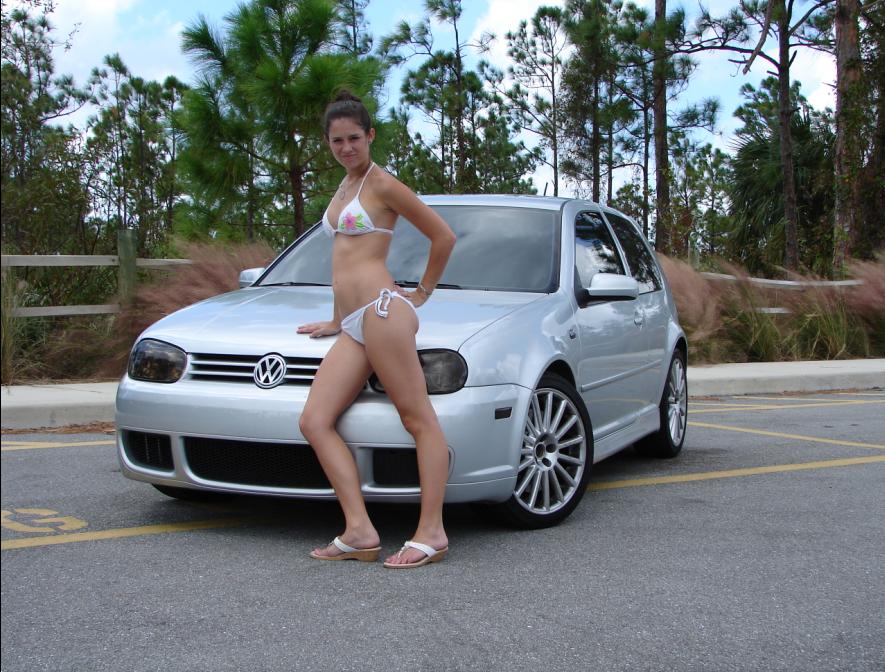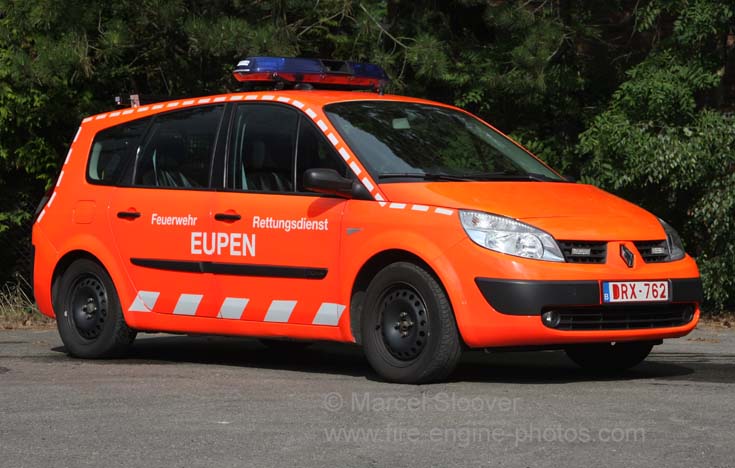Ferretti Yachts began as two brothers selling other yacht lines and then choosing to begin construction of their own line of yachts. Norberto and Alessandro Ferretti started the company in 1968. Today, Ferretti encompasses a number of companies and yacht brands. Ferretti constructs yachts at three different shipyards in Italy: the original shipyard S. Giovanni in Marignano, the headquarters in Forli, and Cattolica, the most advanced facility where up to 16 yachts can be built at one time. Ferretti also has a research and design center in Forli, where ideas are originated with the latest computer technologies.
Quality and technological innovation have been the two forces driving Ferretti’s production. The company has consolidated skills in combining high performance with design, ergonomics, form and function. A team of over 60 specialists supervises the progress of a Ferretti yacht, from design to construction. Even though manufacturing techniques are continuously updated, the traditional craftsmanship remains unchanged.
The design process is entrusted to the Company’s research office, Ferretti Engineering, where all stages of planning are performed. Ferretti yachts are three-dimensionally modeled and tested long before the vessel actually floats. The meticulous attention to detail, along with a careful study of materials, shows Ferretti shipyards’ penchant for continuous improvement and progress. The same passion for excellence brought Ferretti Yachts to be the first shipbuilder in Europe to receive certification (CE 94/25) for environmental protection against acoustic and atmospheric pollution. In collaboration with Mitsubishi Heavy Industries, the ARG stabilizers (Anti Rolling Gyro) is now integrated into the entire product range, offering the latest advance in yacht stabilization.
The Ferretti Engineering Division works in close cooperation, in what could be described as a symbiotic relationship, with Studio Zuccon, an international design firm, which imparts a discreet but ever-present “Italian touch” to all its projects. This is the reason why in 2004 the Italian Industrial Design Association (ADI) selected Ferretti 880 as part of the general index of products nominated for the prestigious Golden Compass award.
Ferretti Yachts, a fundamental part of the international Ferretti Group holding, which comprises some of the world's most prestigious yacht brands, is now a large company that is undergoing a process of continuous development and expansion. By 2004 Ferretti Yachts yearly sales had reached 160 million Euro and a 500-strong staff. With headquarters in Forlì, a new shipyard in Cattolica, the original works at San Giovanni in Marignano, and the shipyard at Fano, Ferretti's production capability is extensive.
Quality and technological innovation have been the two forces driving Ferretti’s production. The company has consolidated skills in combining high performance with design, ergonomics, form and function. A team of over 60 specialists supervises the progress of a Ferretti yacht, from design to construction. Even though manufacturing techniques are continuously updated, the traditional craftsmanship remains unchanged.
The design process is entrusted to the Company’s research office, Ferretti Engineering, where all stages of planning are performed. Ferretti yachts are three-dimensionally modeled and tested long before the vessel actually floats. The meticulous attention to detail, along with a careful study of materials, shows Ferretti shipyards’ penchant for continuous improvement and progress. The same passion for excellence brought Ferretti Yachts to be the first shipbuilder in Europe to receive certification (CE 94/25) for environmental protection against acoustic and atmospheric pollution. In collaboration with Mitsubishi Heavy Industries, the ARG stabilizers (Anti Rolling Gyro) is now integrated into the entire product range, offering the latest advance in yacht stabilization.
The Ferretti Engineering Division works in close cooperation, in what could be described as a symbiotic relationship, with Studio Zuccon, an international design firm, which imparts a discreet but ever-present “Italian touch” to all its projects. This is the reason why in 2004 the Italian Industrial Design Association (ADI) selected Ferretti 880 as part of the general index of products nominated for the prestigious Golden Compass award.
Ferretti Yachts, a fundamental part of the international Ferretti Group holding, which comprises some of the world's most prestigious yacht brands, is now a large company that is undergoing a process of continuous development and expansion. By 2004 Ferretti Yachts yearly sales had reached 160 million Euro and a 500-strong staff. With headquarters in Forlì, a new shipyard in Cattolica, the original works at San Giovanni in Marignano, and the shipyard at Fano, Ferretti's production capability is extensive.






















































